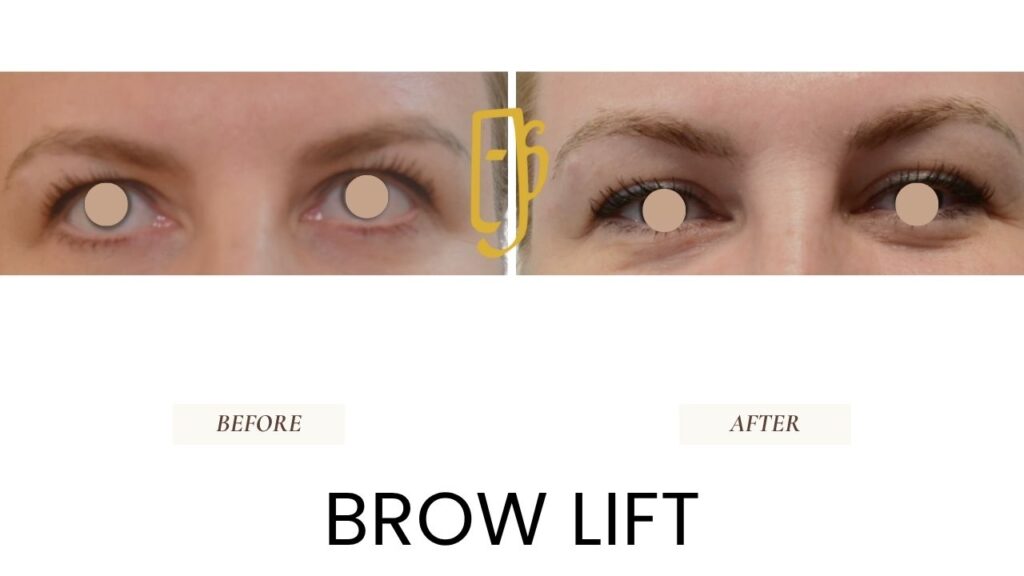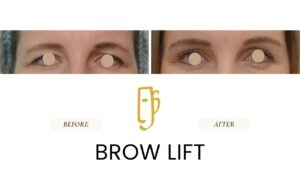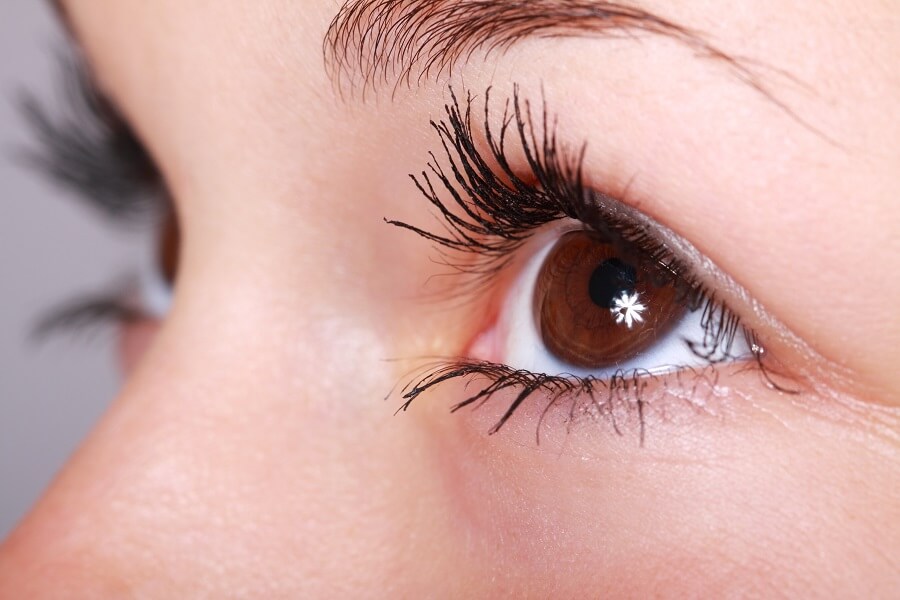
Face
Brow lift
Lift Your Look, Brighten Your Eyes – Discover the Confidence of a Brow Lift
Quick
Jump
Menu
Browlift
Quick Summary
Refresh Your Look with a Brow Lift
Restore a youthful, rested appearance by lifting drooping brows and smoothing forehead lines—expertly performed by Dr. Ali Soueid for natural results.
Board Certified
DR Ali Soueid is a UK Certified & Trained Plastic Surgeon
Our Standards
We only use the best technologies on the market
Our Outcomes
We use evidence based practices to improve outcomes.
What is Brow Lift?
A brow lift, also known as a forehead lift, is a cosmetic surgical procedure designed to raise the eyebrows, reduce forehead wrinkles, and lift sagging skin above the eyes. It helps smooth deep lines, improve frown lines between the brows, and give the face a more refreshed, youthful appearance.
Brow lifts are especially beneficial for individuals with drooping or heavy brows that make them look tired, angry, or older than they feel. The procedure can be performed using various techniques—including endoscopic (minimally invasive) and traditional methods—tailored to the patient’s needs and facial anatomy.
When performed by an experienced plastic surgeon like Dr. Ali Soueid, a brow lift can deliver natural-looking, long-lasting results that open the eyes and restore facial harmony.
Types of Surgical
Brow Lift
Ageing in the Forehead or Brow
Ideal candidates have drooping eyebrows, deep forehead lines, or frown lines that make them appear tired, angry, or older than they feel.
Good General Health
You should be in good physical health, a non-smoker, and free of conditions that impair healing or increase surgical risk.
Realistic Expectations and Aesthetic Goals
A brow lift can refresh your upper face and create a more youthful, alert appearance—but results vary, and understanding the procedure is key.
Who is a good candidate?
Before undergoing a brow lift, a thorough consultation is carried out. Here’s what we evaluate:
Facial assessment
Skin Quality
Medical History
Lifestyle Factors
Expectations
What are the
Benefits of Brow Lift
Lifts Drooping Brows
Raises low or sagging eyebrows for a more open, youthful, and refreshed appearance.
Smooths Forehead Lines
Reduces deep horizontal lines and frown lines between the brows for a smoother, relaxed look.
Enhances Eye Area
Creates a brighter, more awake look by reducing heaviness over the upper eyelids.
Steps Towards Achieving Your Goals
In Three Easy Steps
1. Consultation
A Consultation helps you give your desires to us and helps us take a thorough history, do an examination and order investigations.
2. Procedure
The day of the procedure is a big day for the patient and we take every measure to make sure your are comfortable and safe.
3. Recovery
We will support in this essential part of your journey to make it as smooth as possible.
Preparation & Aftercare
Follow these instruction to prepare for your procedure and to have a smooth post-operative recovery.
Pre-Op
You may be asked to complete blood tests or other health checks to ensure you're fit for surgery. It's important to arrange help for after the procedure, including someone to drive you home and assist you for the first 24–48 hours.
What to Avoid
Smoking, alcohol, and recreational drugs. Heavy meals or eating after the time specified by your clinic. Unapproved medications or herbal supplements. Last-minute skincare treatments (peels, waxing) near the surgery site.
Post-Op
Expect some swelling, bruising, and tightness in the forehead area. Keep your head elevated, apply cold compresses, and follow your prescribed medication plan. Most patients return to normal activities within 10–14 days.
What to expect
During Your Brow Lift Procedure
A brow lift is typically performed under local anaesthesia with sedation or general anaesthesia, depending on the technique and your comfort level. The procedure takes around 1 to 2 hours, and Dr. Ali Soueid will use either an endoscopic approach (small incisions hidden within the hairline) or an open technique (a longer incision for more dramatic correction), based on your individual needs.
During the surgery, the underlying forehead tissues are lifted, adjusted, and secured in a higher position to smooth lines and elevate the brows. Excess skin may be trimmed if needed, and incisions are closed with fine sutures to minimise visible scarring.
After surgery, you’ll be moved to a recovery area and monitored before going home the same day. Some swelling, bruising, or tightness in the forehead is normal, but most patients can return to light activities within 7 to 10 days. Full results become more noticeable as healing progresses over a few weeks.
Types of Brow Lift
Chemical Brow Lift
A chemical brow lift uses Botox injections to temporarily relax the muscles that pull the brows downward. This allows the forehead muscles to lift the brows naturally, creating a subtle, refreshed look. It’s a great non-surgical option for mild sagging and fine lines around the eyes, with results lasting 3–4 months.
Liquid Brow Lift
Using dermal fillers, a liquid brow lift adds volume around the brow bone and temples to lift and contour the brow area. It’s perfect for those experiencing volume loss with age and looking for a softer, more open expression. Results are instant and can last 6–12 months, depending on the filler used.
Thread Brow Lift
A thread lift involves inserting dissolvable threads beneath the skin to physically lift the brow area. This minimally invasive procedure offers immediate results with little downtime, ideal for patients with mild to moderate sagging who are not ready for surgery. Results typically last 12–18 months and stimulate collagen production for added skin support.
Surgical Brow Lift
A surgical brow lift offers the most comprehensive and long-lasting results. Techniques such as endoscopic, temporal, or coronal brow lifts elevate the brow position, smooth deep forehead lines, and rejuvenate the upper face. This is ideal for those with significant drooping or asymmetry, with results lasting years and often combined with eyelid surgery for full facial rejuvenation.
Our Values
Aesthetics You Trust
Trust
Aesthetics You Trust is our motto. We will treat you with respect always and provide you with the best care we can.
Do No Harm
The first rule of medical ethics is to never knowingly do something to a patient that could harm them.
Evidence Based
We only offer treatments that are backed by evidence and based on our experience. We do not follow trends.
Be Your Best
We continuously educate ourselves, attend conferences and courses to stay up to date and use the best products.
FAQ
What is a brow lift?
A brow lift is a cosmetic surgery that elevates sagging eyebrows, smooths forehead lines, and rejuvenates the upper face for a more youthful appearance.
How do I know if I need a brow lift or eyelid surgery?
If heaviness is caused by drooping brows, a brow lift may be the solution. If loose skin affects the eyelids directly, blepharoplasty may be recommended—or both.
What are the different types of brow lifts?
Common techniques include the endoscopic brow lift (minimally invasive), temporal brow lift, and coronal or open brow lift for more dramatic correction.
Is a brow lift permanent?
Results are long-lasting, typically 7–10 years or more, depending on ageing, skin quality, and lifestyle. While it doesn’t stop ageing, it resets the clock.
How long is the recovery time?
Most patients return to daily activities within 10–14 days, though minor swelling and bruising may last a few weeks. Full healing takes several months.
Will I have visible scars?
Incisions are placed discreetly—often within the hairline or scalp—so scars are generally minimal and well-hidden, especially with proper aftercare.
Can a brow lift be combined with other procedures?
Yes, it’s commonly done alongside eyelid surgery (blepharoplasty), facelift, or Botox for full facial rejuvenation.
Are there non-surgical alternatives to a brow lift?
Botox and thread lifts can offer temporary lift for mild sagging, but surgical brow lifts provide more dramatic, longer-lasting results.
Is the procedure painful?
Discomfort is usually mild and managed with pain medication. Most patients describe a sensation of tightness or pressure during early healing.
Who performs the brow lift?
Dr. Ali Soueid, a skilled and experienced plastic surgeon, personally performs all brow lift procedures to ensure natural, refined results.




